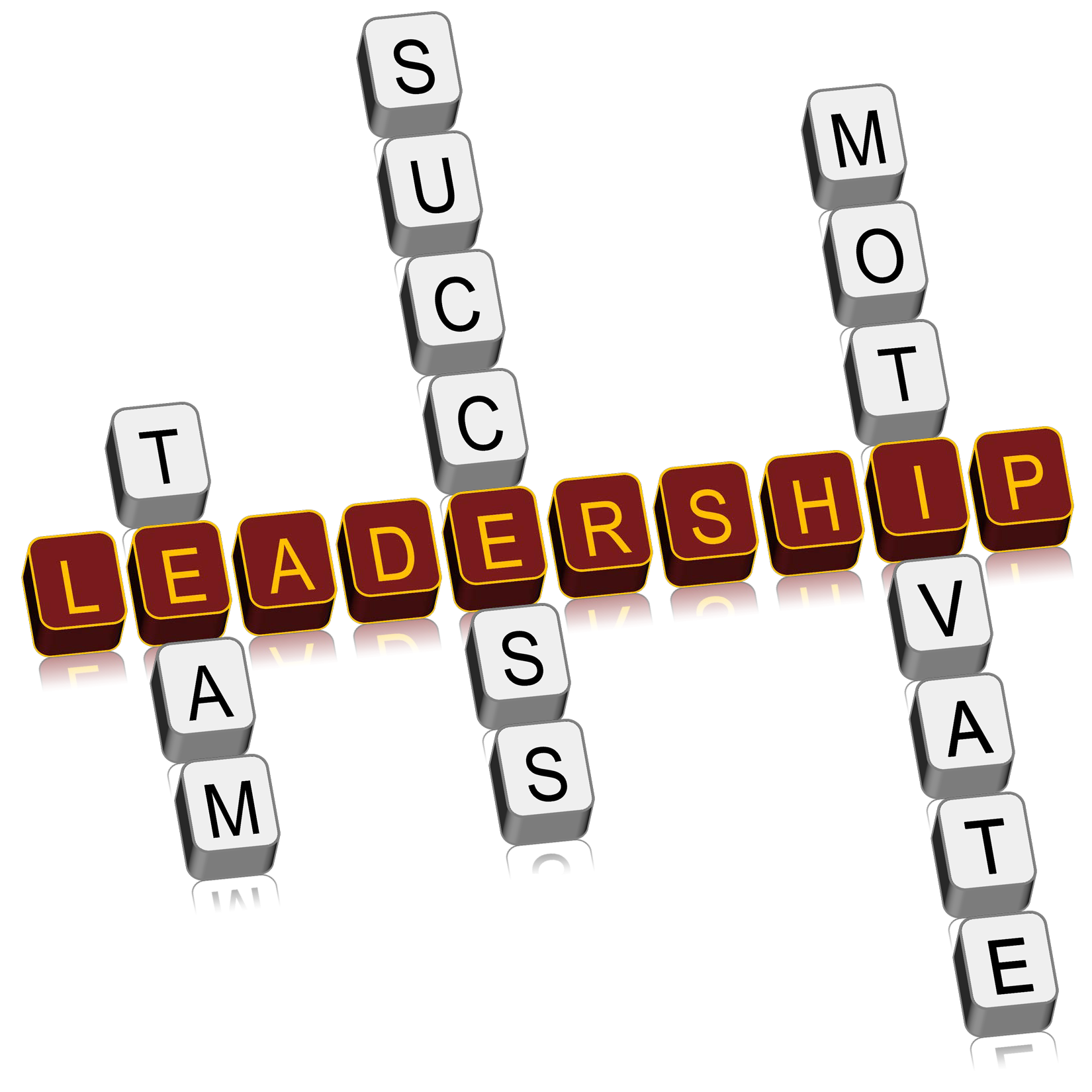A
change of culture occurs when people start behaving differently as a result of
a change in the climate of the organization. Altering a company’s workplace
environment is the most direct way to develop and manage employees’ creativity.
Improving the organizational climate for creativity and innovation can
effectively promote problem solving in a company and thereby increase its
productivity and competitiveness.
Research
around creative culture and general climate has led to the identification of
key areas on which companies can focus to develop an effective climate in which
people are not only creative, but where they are motivated to develop these
ideas into value-adding contributions to the success of the whole organization.
Swedish
researcher Göran Ekvall identified 10 climate dimensions (nine positively correlated,
and one negatively correlated) that affect creativity in organizations.
Motivation
To
do anything, people must feel motivated, an internal need to act. The climate
of the organization thus must provide the cues and forces that lead people into
the deep motivation that is required to push through from idea to end product.
Challenge and
Involvement
The
degree to which people are involved in daily operations and long term goals.
The climate has a dynamic, electric and inspiring quality. People find meaning
in their work and are intrinsically motivated to invest much energy. The
opposite is a feeling of alienation, indifference, apathy and lack of interest.
Most
people here strive to do a good job
Playfulness and Humor
Spontaneity
and ease displayed in the workplace. Relaxed atmosphere where jokes and
laughter occur often. Fun at work. Easy going.
Opposite
is seriousness, stiff and gloomy atmosphere. Laughter is improper
People
here have a sense of humor.
Empowerment
Once
people are motivated to be creative, they need the environment in which they
can be creative.
Freedom
Independence
in behavior. Autonomy to define much of work. Taking initiative. Opposite -
strict guidelines and roles. Work carried out in prescribed ways with little
room to redefine their tasks.
People
here make choices about their own work.
Idea Time
Amount
of time can use and do use for elaborating ideas. Possibilities exist to discuss
and test impulses that are not planned or included in task assignment. Slack.
Opposite
- every minute booked. Time pressures make thinking outside instructions and
planned routines impossible.
One
has the opportunity to stop work here in order to test new ideas
Idea Support
The
ways new ideas are treated - attentive, listened to, encouraged. Constructive
& positive atmosphere.
Opposite
automatic 'no' prevailing, suggestions refuted by counter argument. Fault
finding usual style.
People
here receive support and encouragement when presenting new ideas.
Dynamism
Alongside
a motivated and empowered organization, a harder edge is needed that drives
forward towards success.
Energy
Getting
an idea from first notion to final product can be a long and arduous process.
This requires a dynamic environment in which people are energized and
constantly pushing forward. You can walk into many workplaces and feel the lack
of energy and enthusiasm, whilst others have a definite, almost palpable buzz
about them.
Buzz
and energy comes from the leaders of the organization. This includes the formal
management and informal social leaders. People look to these leaders for cues
in how they behave. If the leader is full of energy and enthusiasm, then this
emotion will 'infect' others and the motivation will spread through the
organization.
Conflicts
Personal
& emotional tension. Conflict high. Interpersonal warfare. Plots, traps,
power struggles. Slander, gossip.
Opposite
is more mature, deal effectively with diversity.
There
is a great deal of personal tension here
Debates
Discussion
of opposing opinions and sharing diversity of perspectives.
Opposite
- follow authoritarian patterns without questioning. Groupthink.
Many
different points of view are shared here during discussion.
Openness
Trust & Openness
Emotional
safety in relationships. When a level of trust, individuals can be open and
frank with each other.. Can count for personal support. Have respect. Opposite
is suspicion, closely guarded, cannot communicate openly.
People
here do not steal each others ideas.
Risk
Risk
Taking Tolerance of uncertainty and ambiguity in workplace. Bold new
initiatives taken when outcomes unknown. Take a gamble, out on a limb.
Opposite
is cautious, hesitant mentality. Sleep on it, safe side. Committees to cover
themselves before making a decision.
People
here feel as though they can take bold action even if the outcome is unclear.
If
a company wants to become more creative, rather than just encouraging people or
teaching tools, then perhaps the best way is to develop the organizational
climate. Rather than telling the plants to grow, this is about tending to the
soil in which they can become what they are capable of becoming.






